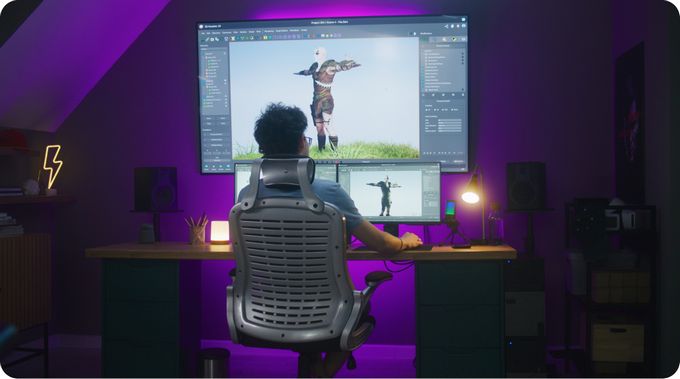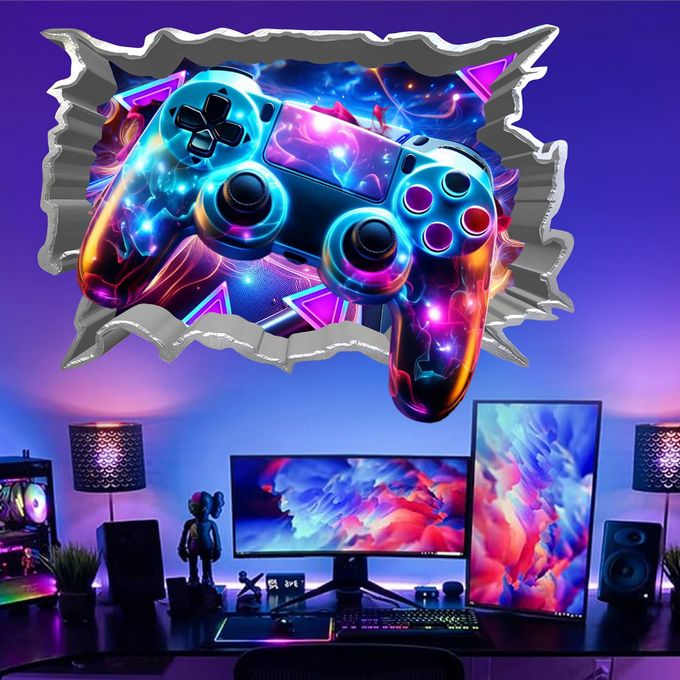
The Influence of Theater Blocking on NPC Design
In the world of gaming, Non-Playable Characters (NPCs) play a crucial role in enhancing the player’s experience and providing depth to the game world. These virtual characters help create a sense of immersion and make the game world feel alive. While NPC design encompasses various aspects such as character model, dialogues, and behavior, one often overlooked factor that greatly influences NPC design is theater blocking.
Theater blocking, a term borrowed from the world of theater, refers to the movement and positioning of actors on stage. In gaming, theater blocking can be applied to NPCs to enhance their realism and vps hosters make them feel more natural and dynamic. By carefully considering the placement and movement of NPCs in relation to the player character and other elements in the game world, game developers can create more engaging and believable NPC interactions.
One of the key ways in which theater blocking influences NPC design is through the creation of believable social dynamics. Just like in real life, NPCs in a game world have relationships with each other that can be reflected through their interactions and behaviors. By using theater blocking techniques such as proximity, facing, and gestures, game developers can create the illusion of social connections between NPCs, making the game world feel more realistic and immersive.

For example, if two NPCs are engaged in a conversation, their positioning and body language can convey their emotions and intentions to the player. By having them face each other, maintain eye contact, and use appropriate gestures, developers can create a sense of intimacy and connection between the characters. This not only enhances the believability of the NPCs but also makes the player feel more invested in their interactions.
Theater blocking can also be used to guide the player’s attention and create dynamic and engaging gameplay moments. By strategically placing NPCs in key locations and using movement to draw the player’s gaze, developers can direct the player’s focus towards important story beats, objectives, or gameplay mechanics. This can help prevent players from feeling lost or overwhelmed in a large game world and ensure that they are always aware of their next steps.
Additionally, theater blocking can be used to convey information to the player without the need for explicit exposition or tutorials. By having NPCs perform specific actions or gestures in response to certain stimuli, developers can communicate important gameplay mechanics or story elements in a subtle and immersive way. This not only enhances the player’s understanding of the game world but also adds depth and complexity to the NPCs themselves.

In terms of NPC design, theater blocking can also be used to differentiate between different types of characters and factions within the game world. By giving each group of NPCs unique movement patterns, formations, and behaviors, developers can create a sense of diversity and richness in the game world. This can help make the NPCs feel more distinct and memorable, as well as provide valuable clues to the player about their motivations and allegiances.
Furthermore, theater blocking can be used to create memorable set-piece moments and cinematic sequences in a game. By choreographing the movements and actions of NPCs in a dramatic and visually striking manner, developers can create moments that leave a lasting impression on the player. These moments can range from epic battles and chase sequences to emotional reunions and betrayals, all of which are enhanced by the careful use of theater blocking techniques.
From a technical perspective, implementing theater blocking in NPC design requires a combination of AI programming, animation, and level design. Developers must carefully script the movements and behaviors of NPCs to ensure that they respond appropriately to player actions and environmental stimuli. Additionally, animators must create fluid and natural-looking animations that convey the emotions and intentions of the NPCs.
In conclusion, theater blocking is a powerful tool that can greatly enhance the design of NPCs in a game world. By carefully considering the placement, movement, and interactions of NPCs, developers can create more realistic, dynamic, and engaging characters that enrich the player’s experience. From creating believable social dynamics to guiding player attention and conveying information, theater blocking plays a crucial role in shaping the world of gaming. By incorporating theater blocking techniques into NPC design, developers can create more immersive and memorable game experiences for players.
